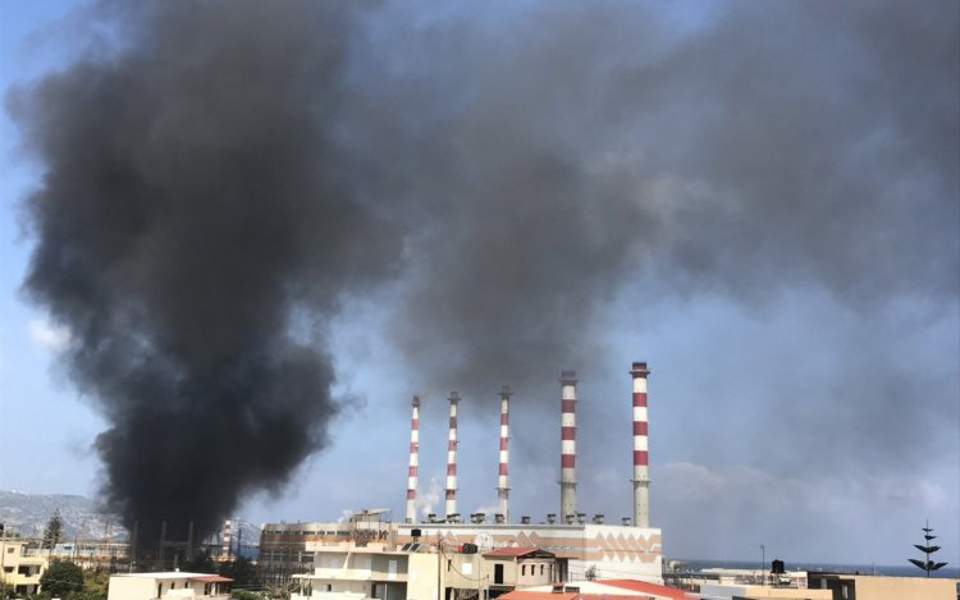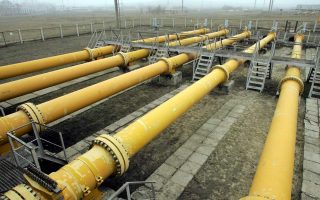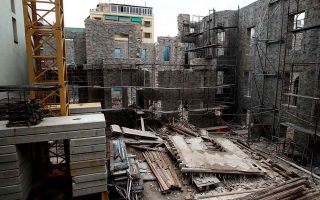Crete’s power supply remains vulnerable without EuroAsia Interconnector

For the first time in 25 years, Crete suffered a blackout on 22 March following an explosion to an old transformer which plunged the Greek island into darkness and made it vulnerable to future power outages.
Fortunately, the timely response of the Public Power Corporation (PPC) staff, emergency services and local authorities ensured the damage was limited and lives were not lost. The event also prompted residents and local politicians to demand an end to delays of the Crete-Attica electricity interconnection that would ensure the island’s energy security.
Project promoter EuroAsia Interconnector, tasked with connecting the electricity grids of Israel and Greece, through Crete and Cyprus, totally agrees that a solution needs to be found to secure Crete’s energy supply. This can only be done through a direct subsea cable connection to mainland Greece.
Since 2012, our vision has been to end the energy isolation of Cyprus, which remains the last non-interconnected Member State of the European Union, and the same goes for Crete.
The EuroAsia electricity connection project became a necessity after the lethal munitions explosion on 11 July 2011 at the Mari naval base took out Cyprus’ main power station at Vassiliko. A power plant that generated 90 percent of the island’s electricity needs was offline for a year, resulting in rolling power cuts for households and businesses.
From the outset, it felt like Cyprus was in a state of war with year-long power cuts and electricity rationed according to a list of priorities. As a result, the Cyprus economy was deeply wounded, and its energy security compromised with the consequences felt in the years that followed.
Crete today must avoid a similar fate, which is, essentially, why we embarked on this journey in 2012 to find the best way possible to prevent a repeat of such disasters that left Cyprus without power. The only feasible solution is to connect Cyprus with a single European electricity system through Crete and Attica.
This is an extremely complex project with incredible technical and engineering challenges, such as the depth of cable laying, which was originally estimated at 2,300 meters, but for security reasons switched to a greater depth of 3,000 meters. In addition, there was the expensive task of building the electrical interface to dimensions which had not been attempted before.
Taking into consideration the national interest and the urgent need for the interconnection of Crete with the rest of Greece, in April 2018 EuroAsia Interconnector launched an international tender for the timely implementation of the project in its entirety.
Based on the original timeframe and progress made by the project promoter, the interconnector would be in the construction phase and on schedule for completion within the agreed deadline of June 2022 for the Crete-Attica link.
Unfortunately, this timetable has been disrupted due to a policy U-turn by the Greek Ministry of Environment and Energy, which fundamentally insists on the Crete-Attica section being implemented as a new national project. This approach breaches the European Union’s legal and financial framework that establishes a Project of Common Interest (PCI).
As frequently pointed out by the European Commission and Climate Action and Energy Commissioner Miguel Arias Canete, the quickest way to implement the electricity cable between Crete and Attica is via the EuroAsia Interconnector.
Marios Demetriades served as Minister of Transport, Communications and Works in the Republic of Cyprus and is currently a board member of the EuroAsia Interconnector Strategic Council.
[Kathimerini Cyprus]






